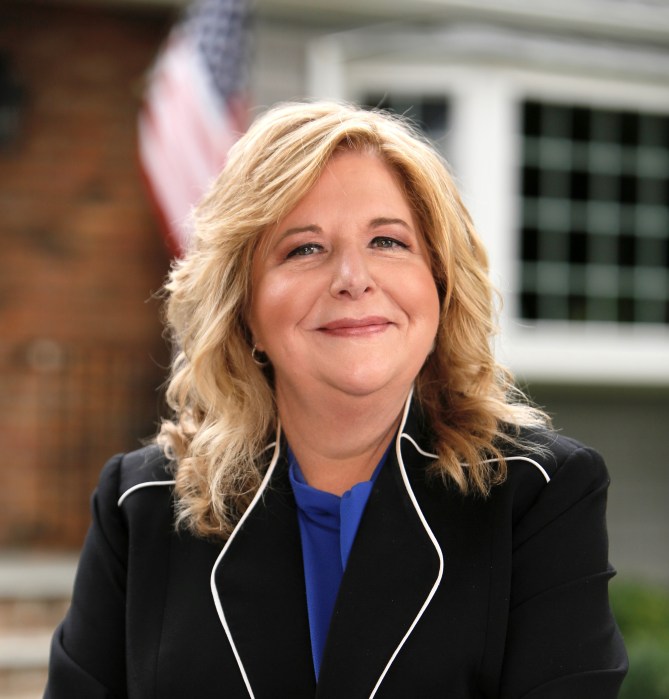Many say that the best way to learn a new language is to immerse yourself in the country, but Mineola elementary school students are getting a similar experience without having to get on a plane with the help of the school district’s dual language program.

The program puts English and Spanish speaking students in the same classroom, where they are exposed to each other’s cultures and languages every day throughout the school year. One week, the entire class is taught in English, the next, instruction is in Spanish.
The program equips students to be able to read and write in two languages; the ultimate goal is for them to graduate high school with a seal of biliteracy on their diploma.
Dr. Nicole Moriarty, director of English as a new language, said the impetus for the program was a state law requiring a bilingual program if there were 20 students in a grade that spoke one particular home language, however, the implementation of a dual language program went beyond state requirements.
“It’s more than just a necessity. The law is telling us what needs to be done but we’re saying we believe in bilingualism and the benefits of biliteracy,” said Moriarty. “We want to cultivate bilingual students.”
The school district was recently awarded a $250,000 grant from the State Education Department’s Office of Bilingual Education and World Languages, which will help them support the program and expand the dual language program into the fifth- through seventh- grades over the next five years.
In addition to learning a new language, students enrolled in the program learn how to work with others and be in a diverse microcosm of society, said Moriarty. Currently in its fourth year, the program has 322 students enrolled, with 80 more anticipated to opt-in as kindergarteners in September 2017.
“Students went from barely being able to speak or write in their target language, and now they can write essays in their new language,” said Moriarty. “The classrooms are abuzz with excitement. Kids are always doing something interesting and exciting to help facilitate language development.”
As opposed to traditional classrooms, where teachers lead discussions after reading passages, education in dual language classes is very hands-on. Prior to reading, students act out the words and use pictures to guide them.
“Students learn by doing, it’s all contextualized within the larger ideas of learning,” Moriarty said. “They act out what they are reading, so when they get to it, they understand it and they’ve acted it out, seen pictures, had discussions and are reading it in their grade level text.”





























